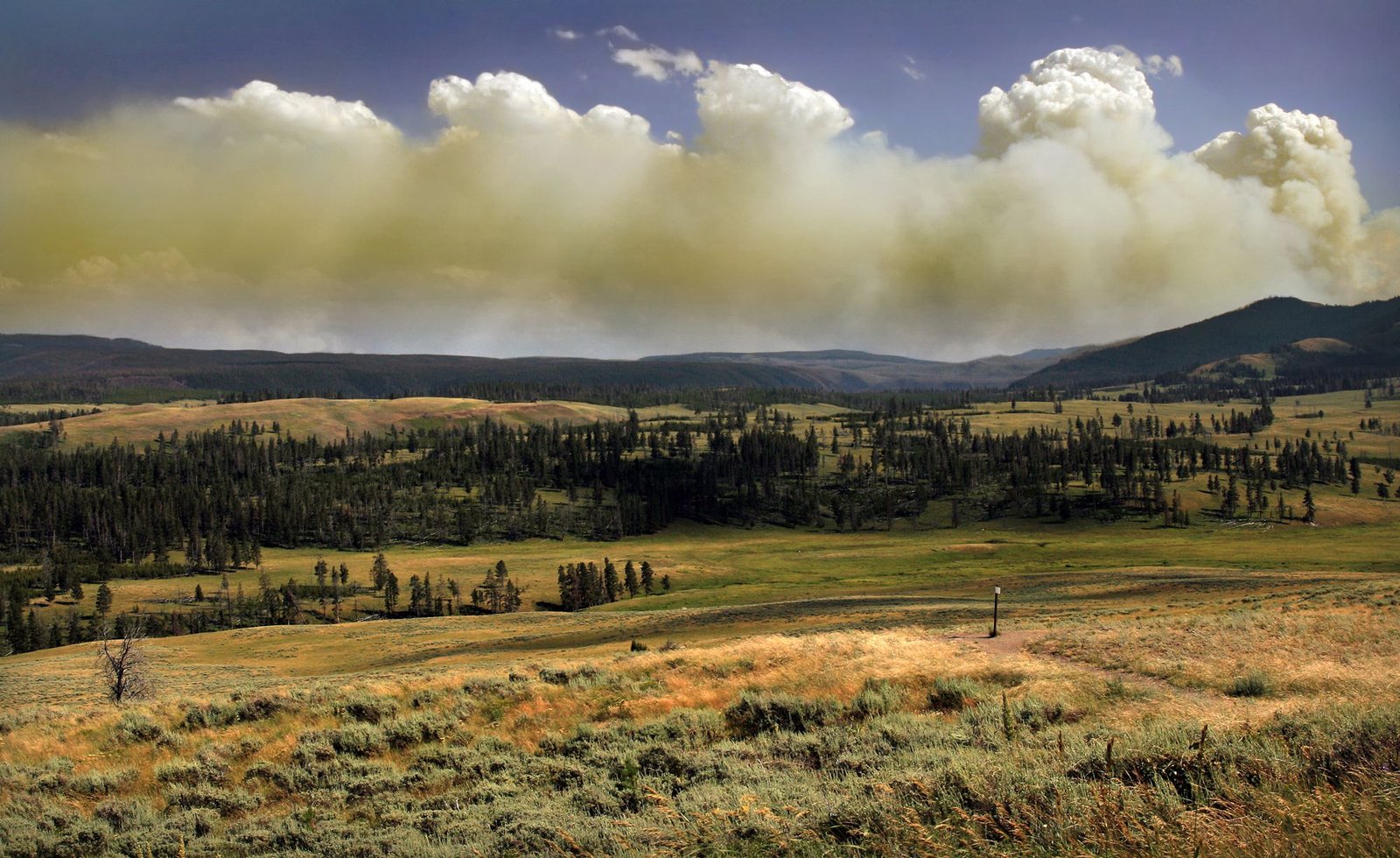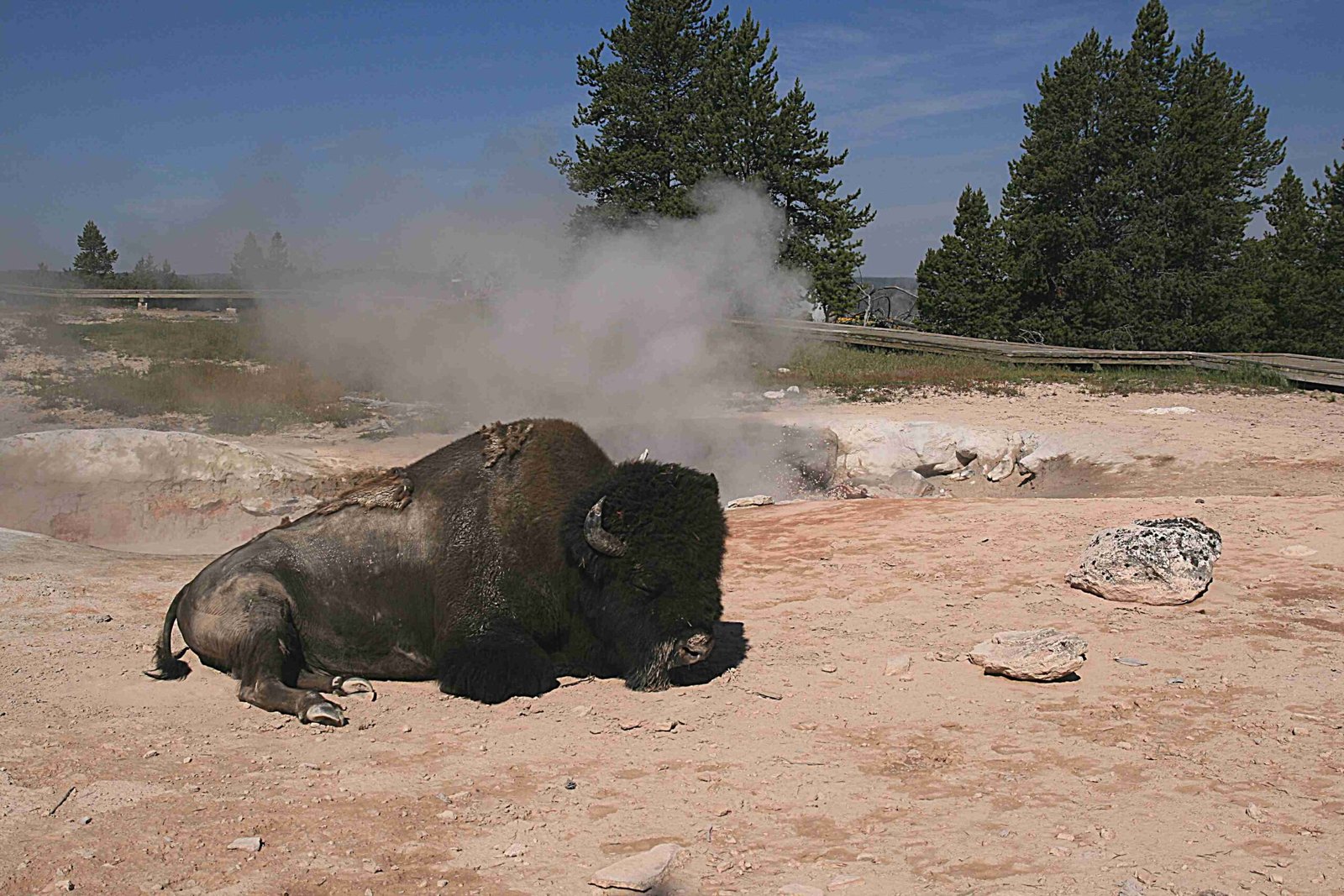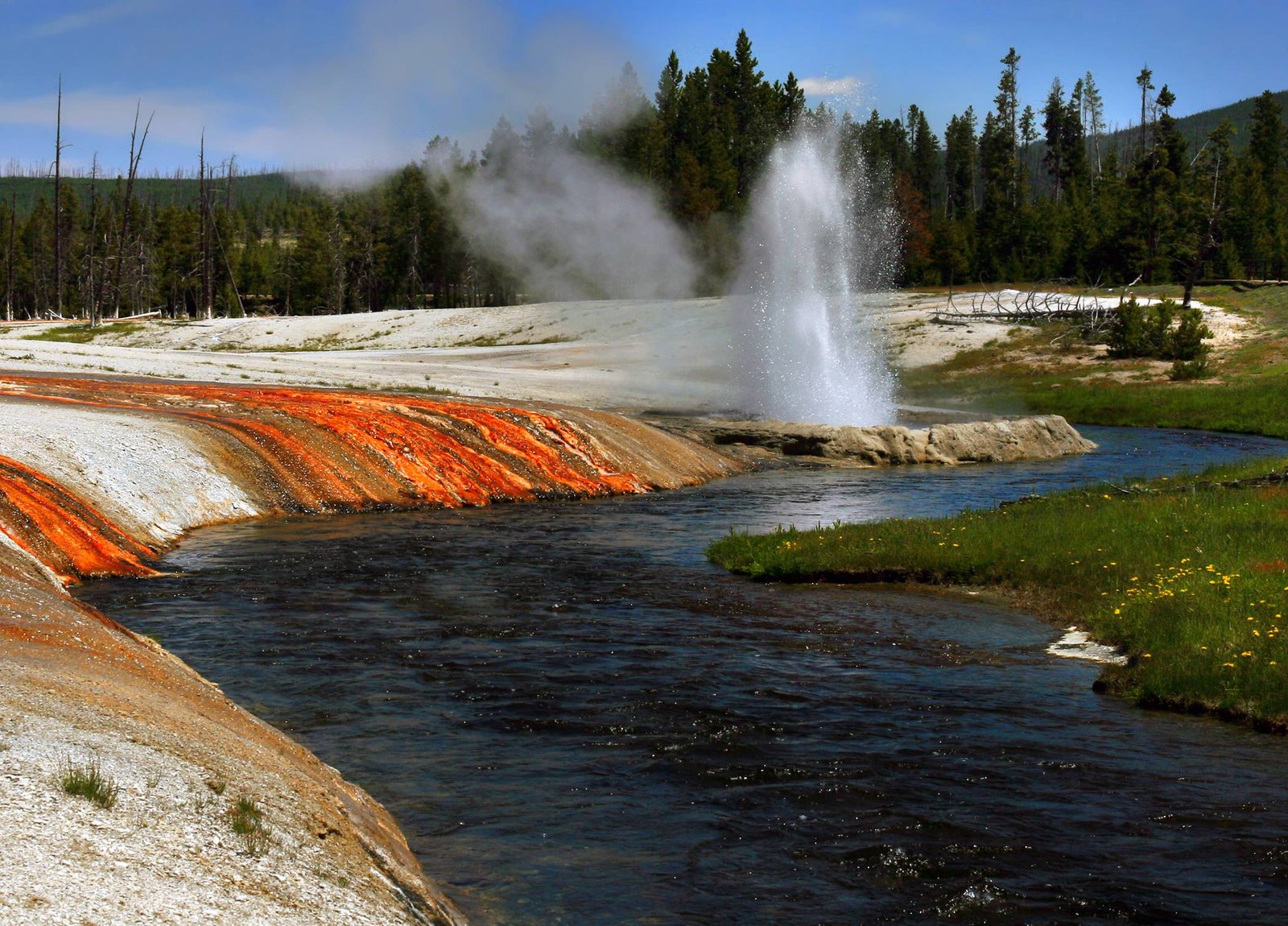Yellowstone National Park offers exceptional fly fishing opportunities with diverse trout populations in its rivers, streams, and lakes. Anglers can choose from a variety of effective fly patterns, including dry flies, nymphs, and streamers. The park’s fishing season runs from late May to early November, with peak times in July and August. This guide explores the most popular and effective flies for different seasons and water conditions in Yellowstone.
What Are the Best Dry Flies for Spring and Early Summer?

Spring and early summer in Yellowstone National Park bring exciting hatches and excellent dry fly fishing opportunities. Here are some of the most effective patterns for this period:
- Blue Winged Olives (BWOs)
- Size: 18-20
-
Best for: Imitating small mayflies on cloudy days
-
Pale Morning Duns (PMDs)
- Size: 16-18
-
Best for: Clear, sunny days on slower-moving waters
-
Caddis (including White Miller)
- Size: 10-14
-
Best for: Evening fishing, especially on the Firehole River
-
Salmonflies and Golden Stones
- Size: 4-6
- Best for: Late June on the Firehole and Gibbon Rivers
These patterns are particularly effective on the Firehole River, known for its prolific mayfly and caddis hatches during this time.
Which Dry Flies Excel in Late Summer?

As summer progresses, terrestrial patterns become increasingly effective. Here are some popular choices:
| Fly Pattern | Size | Best For |
|---|---|---|
| Morrish Hopper | 6-10 | Imitating grasshoppers near grassy banks |
| Bionic Ant | 6-10 | Representing ants falling into the water |
| Beetles | 12-16 | Mimicking beetles blown into streams |
| Green Drake | 10-12 | Matching large mayfly hatches on Lamar River and Slough Creek |
| Gray Drake | 10-12 | Imitating dusk-emerging mayflies |
These patterns work well when cast near banks or under overhanging vegetation where terrestrial insects are likely to fall into the water.
What Are the Top Nymph Patterns for Year-Round Success?
Nymphs are versatile and effective throughout the fishing season in Yellowstone. Here are some must-have patterns:
- Pat’s Rubber Legs
- Size: 6-10
- Imitates: Stoneflies and other large nymphs
-
Best for: Fast-moving water and pocket water
-
Prince Nymph
- Size: 10-14
- Imitates: Various aquatic insects
-
Best for: All-purpose nymph fishing in different water types
-
Pheasant Tail
- Size: 12-16
- Imitates: Mayfly nymphs
-
Best for: Slower runs and pools
-
Copper John
- Size: 12-16
- Imitates: Various nymphs
-
Best for: Fast water and as a dropper below dry flies
-
Yellow Quill Nymph
- Size: 16-20
- Imitates: Small mayfly nymphs
- Best for: Slower, clearer waters
These nymphs can be fished alone or as part of a multi-fly rig for increased success.
When and Where Are Streamers Most Effective?
Streamers become particularly effective during certain times of the year, especially in fall when large fish are more aggressive. Here are some popular streamer patterns:
- Zonker
- Size: 2-6
-
Best for: Larger rivers and lakes, imitating baitfish
-
Clouser Minnow
- Size: 2-6
-
Best for: Clear water conditions, representing small fish
-
Leech Patterns
- Size: 6-10
- Best for: Lakes and slower-moving waters
Streamers are most effective in October when large, migratory fish are active. They work well in deeper pools, near structure, and during low-light conditions.
What Are the Key Regulations for Fly Fishing in Yellowstone?
Before heading out to fish in Yellowstone National Park, it’s crucial to be aware of the regulations:
- Fishing season: Opens on the Saturday of Memorial Day weekend and closes on the first Sunday of November
- Licenses: A Yellowstone National Park fishing permit is required
- Catch and release: Many waters in the park are catch-and-release only
- Barbless hooks: Required in most park waters
- Lead-free tackle: The use of lead weights and lures is prohibited
Always check the current Yellowstone fishing regulations before your trip, as rules can change annually.
How Can Anglers Prepare for a Successful Fly Fishing Trip to Yellowstone?
To ensure a successful and enjoyable fly fishing experience in Yellowstone, consider the following tips:
- Essential gear:
- Bear spray
- Rain gear
- Sun protection (sunblock, sunglasses, hat)
- Insect repellent
-
Waders and boots
-
Local knowledge:
- Visit local fly shops for current conditions and hatch information
-
Consider hiring a guide for your first trip
-
Accessibility:
- Research trail conditions for backcountry fishing spots
-
Be prepared for hikes to reach some prime fishing locations
-
Conservation:
- Practice catch and release techniques
- Use barbless hooks to minimize fish damage
By following these guidelines and using the recommended fly patterns, anglers can maximize their chances of success while fishing in the beautiful and diverse waters of Yellowstone National Park.
References:
1. https://www.yellowstoneangler.com/waters-we-fish/yellowstone-national-park-fly-fishing/
2. https://www.yellowstone.org/yellowstone-fly-fishing-tips/
3. https://www.montanaangler.com/montana-fly-fishing-blog/201801/fishing-yellowstone-park-june
4. https://www.washingtonflyfishing.com/threads/yellowstone-fly-selection.166240/
5. http://www.flyfishingyellowstonenationalpark.com/flies/

